Map of Israel
A Land of History, Culture, and Innovation
Positioned at the intersection of ancient cultures and modern advancements, Israel is an Israeli nation that challenges straightforward description. Although small in size, its influence is significant in the Middle East, bordered by Palestine to the east and Lebanon to the north, as depicted on any comprehensive map of the state. Presenting a magnificent blend of historical, cultural, and technological landscapes, the Gaza Strip in the south and the Golan Heights in the north add to the region’s complexity. From the innovative, tech-heavy streets of Tel Aviv in the west to the sacred, historic paths of Jerusalem in the east, Israel fascinates explorers, historians, and business leaders alike. The geographic diversity also plays a crucial role in its development and the control of interconnected roadways that link major cities like Jerusalem, Tel Aviv, and Haifa, further demonstrating the strategic design of its national infrastructure.
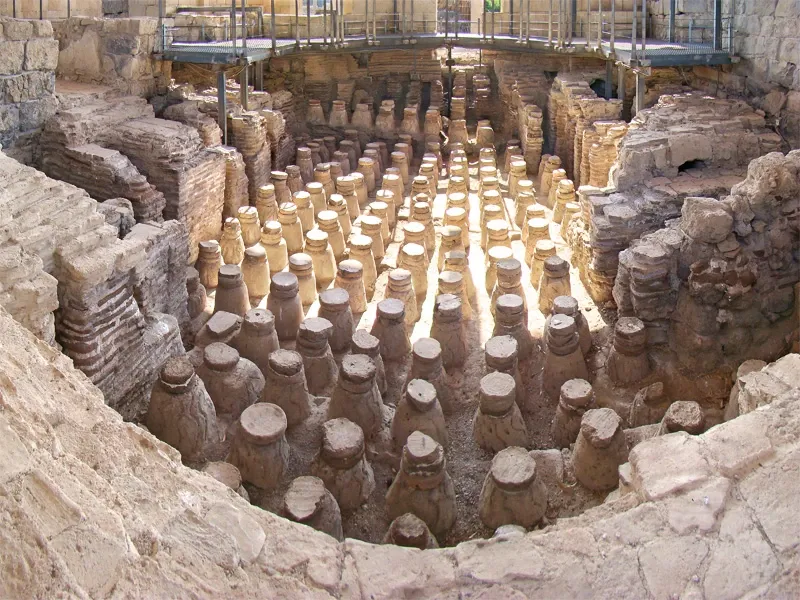
This article provides a comprehensive look at Israel’s unique geography, demographic diversity, and the factors that shape its cultural and economic landscape. Whether you’re intrigued by Israel’s ancient historical significance, its role in global innovation, or simply planning a visit, this guide will help you navigate the country’s complex identity with clarity and depth.
Overview of Israel
Israel is a nation of remarkable contrasts, where ancient history converges with modern technology amidst ongoing conflicts. Situated on the eastern coast of the Mediterranean and bordering the west with the Gaza Strip and the north near Lebanon, this small yet pivotal state boasts a variety of landscapes, including green hills and arid deserts, a rich cultural heritage, and cutting-edge technological advancements. As a land of profound religious importance, Israel holds special relevance for Jewish, Christian, and Muslim communities and has been a juncture of civilizations that contribute to its intricate cultural tapestry. The road networks, including key shipping routes, seamlessly connect varied terrains across the north, central, and southern areas, showcasing its efficient use of geography to enhance both commerce and cultural ties.
In contemporary times, Israel emerges not only as a center of historical and religious value but also as a global leader in technology and innovation within the Middle East. Its urban centers, including major cities like Jerusalem and Tel Aviv, located near the northern borders with Lebanon and the southern Gaza Strip, brim with life and thrive economically while preserving their distinctive characters. These cities form the core of Israel’s cultural and economic spheres, balancing the old with the contemporary seamlessly. Political maps, showcasing areas like the Golan Heights and the West Bank, while providing geographical insight, also reflect the nation’s diverse administrative divisions that are crucial to its governance and development strategies.
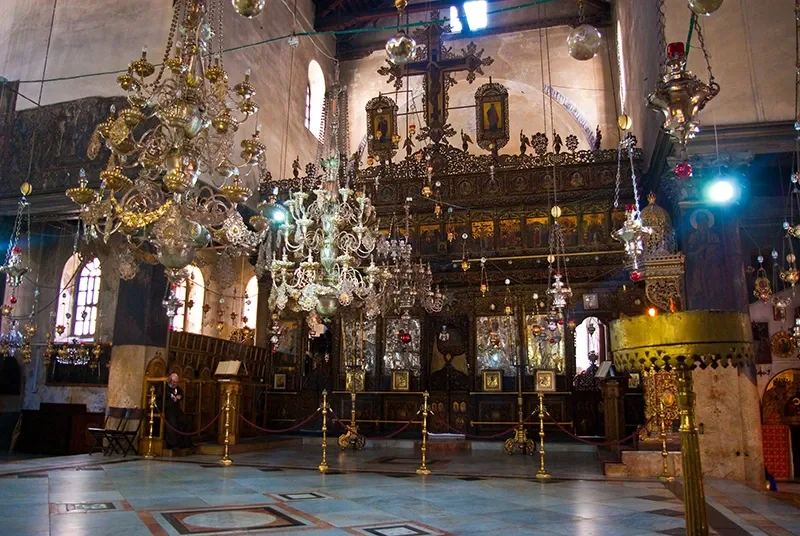
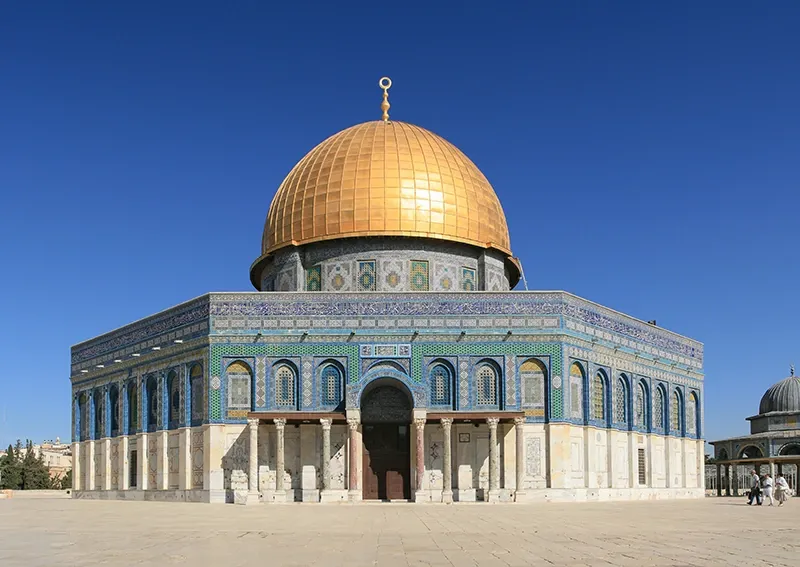
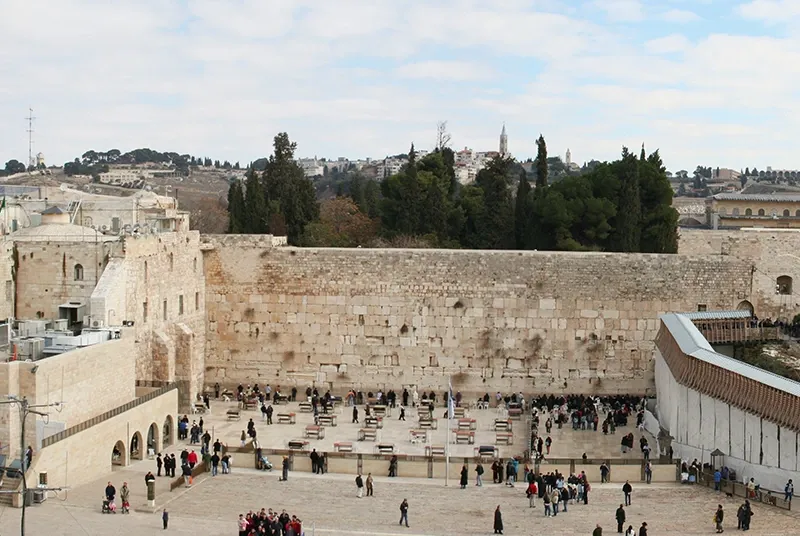
This synopsis captures the essence of Israel’s distinctive identity, spotlighting its impact on global culture, history, and innovation without delving into its administrative structure or governmental organization intricacies.
Geography and Topography of Israel
Israel’s geography is a captivating assortment of diverse scenes, from thriving valleys and dynamic cities to stark deserts and imposing mountains. This Israeli state encompasses a remarkable array of environments, each bearing its unique significance. In this section, we delve into Israel’s central geographical regions, including areas like the Green Line and the Jordan Rift Valley, natural marvels such as the Dead Sea and the Sea of Galilee, and how its diverse terrain has influenced the nation’s history and culture. Additionally, we explore the control of vital infrastructure, evident in its meticulously mapped road systems connecting various regions, from the northern borders near Lebanon to the southern reaches by the Gaza Strip.
Northern Region: Green Hills and Water Sources
The northern territory of Israel is distinguished by lush green landscapes, fertile terrain, and a cooler climate, serving as a hub for agriculture and natural splendor. The accessibility offered by well-developed roads throughout the north, including routes near the Golan Heights and the border with Lebanon, further enhances its appeal for both farming and tourism.
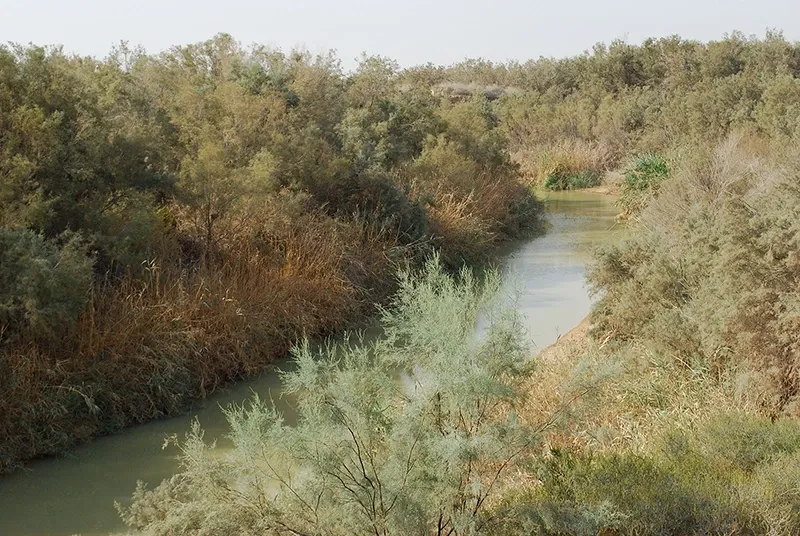
Galilee and the Golan Heights
The Galilee, celebrated for its rolling green hills and fertile valleys, is an essential agricultural region producing wine, olives, and citrus fruits. The Sea of Galilee, Israel’s most expansive freshwater lake, is a fundamental water resource and a favored location for fishing, spiritual tourism, and aquatic activities. The adjacent Golan Heights, a scenic plateau with strategic importance bordering Syria, is home to nature reserves, archaeological sites, and Israel’s sole ski resort, Mount Hermon, accessible via essential road routes.
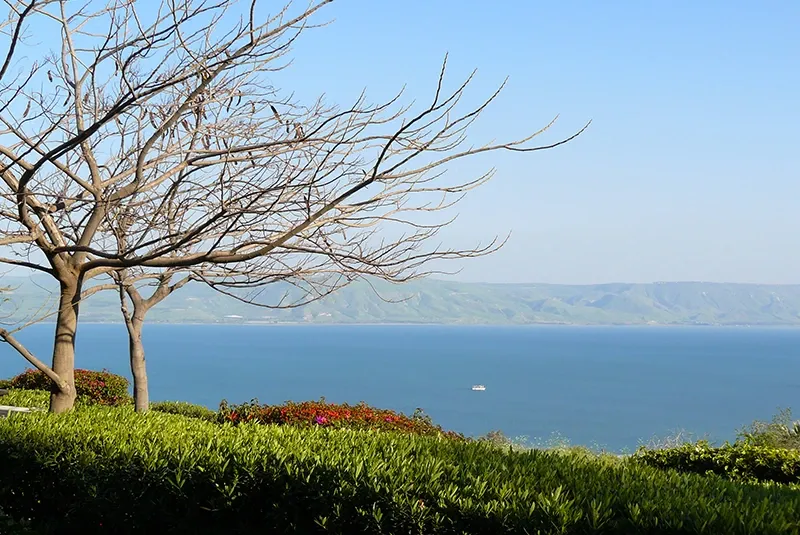
Coastal Plain: Urban Centers and Beaches
Stretching along the Mediterranean, the coastal plain is a lively region incorporating Israel’s major cities and ancient ports, interweaving modern life with a historic legacy. This area is further supported by straightforward travel routes and shipping lanes documented in comprehensive maps, highlighting its importance in trade and connectivity across the western part of the country.
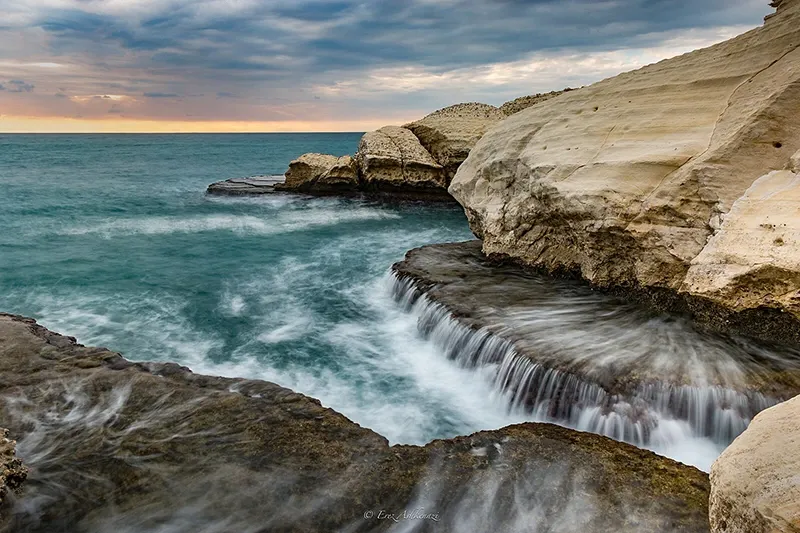
Tel Aviv and Haifa
Tel Aviv, situated on the Mediterranean shore and near the central business district, is a pulsating urban hub renowned for its beaches, nightlife, and technological dynamism. Standing in contrast with Jerusalem’s ancient vibe, it symbolizes modern Israel’s liberal and enterprising spirit. Key roads enhance connectivity throughout the cityscape, facilitating both business and leisure travel, and ensuring control over the vibrant coastal area.

Further north, Haifa’s terrain is characterized by Mount Carmel and its thriving port, serving as a critical economic channel for shipping and international trade. The port’s strategic location near the northern border with Lebanon makes it a vital area for Israel’s economic and military control. Haifa is also home to the UNESCO-acknowledged Bahá’í Gardens, adding to its cultural significance. The city is a principal node in the road network, connecting it efficiently with other major centers in the north and central regions.

Central Highlands: The Heart of Ancient and Modern Israel
Israel’s central region, consisting of the Judean and Samarian Hills, embodies the spiritual and historical soul of the nation. These areas, located near the heart of the country, showcase rugged hills, historic cities, and pivotal biblical sites, each narrating stories of the past while maintaining modern sensibilities. This central land is now easily accessible through strategic road planning, ensuring connectivity across various states and regions.
Jerusalem and the Judean Hills
Jerusalem, Israel’s capital, rests in the Judean Hills, known for its rocky surroundings and vineyards extending towards the north and south borders. It’s a city of immense historical and religious weight, housing landmarks like the Western Wall and the Dome of the Rock. This area promises a rich fusion of archaeological wonders and contemporary culture, facilitating both historical and spiritual journeys for enthusiasts and pilgrims. The city’s connectivity is enhanced through well-crafted regional thoroughfares, linking it to surrounding areas and key borders.
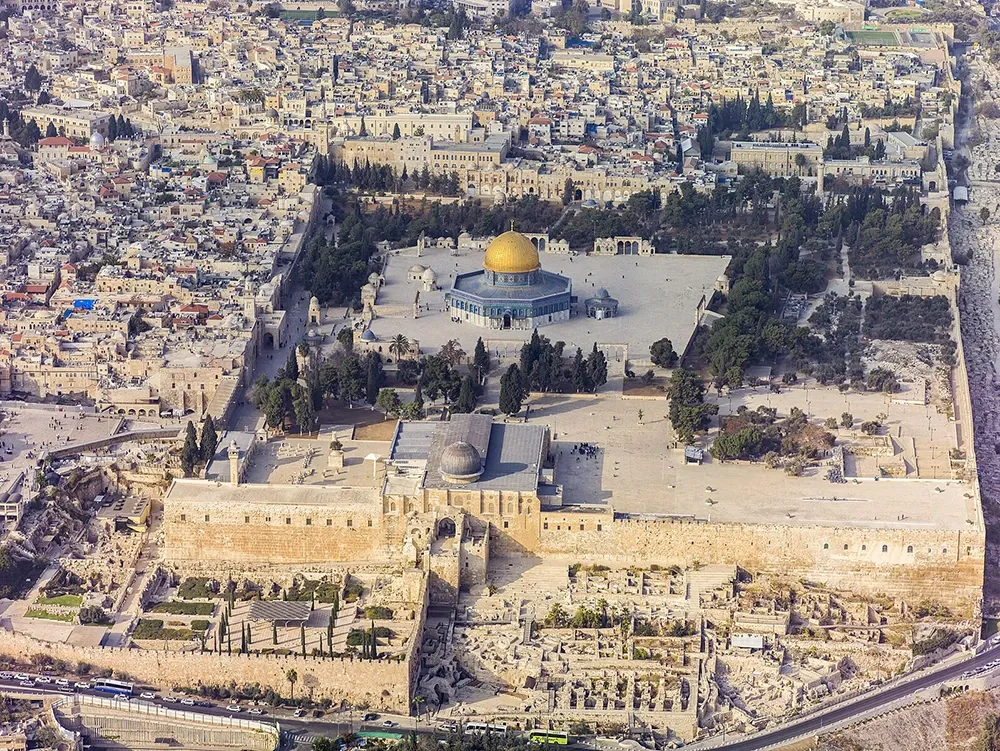
Eastern Frontier: The Jordan Rift Valley and the Dead Sea
The Jordan Rift Valley is a striking geological feature extending from the Sea of Galilee in the north to the Dead Sea in the south. This area, adjacent to the eastern border with Jordan, is distinguished by its profound depression, salty waters, and rare flora and fauna. Accessible via specified routes, the valley aids in tourism and local exploration, playing a crucial role in Israel’s control over its eastern landscapes.
The Dead Sea
Recognized as Earth’s lowest point, the Dead Sea is celebrated for its highly saline waters and therapeutic mud, located near the southern border of Israel. It’s an essential stop for tourists pursuing wellness and history, surrounded by ancient ruins like Masada, a fortress offering panoramic desert vistas. The accessibility to these iconic spots is highlighted on the political and geographical maps of Israel, emphasizing the area’s significance in regional tourism and economic reports.
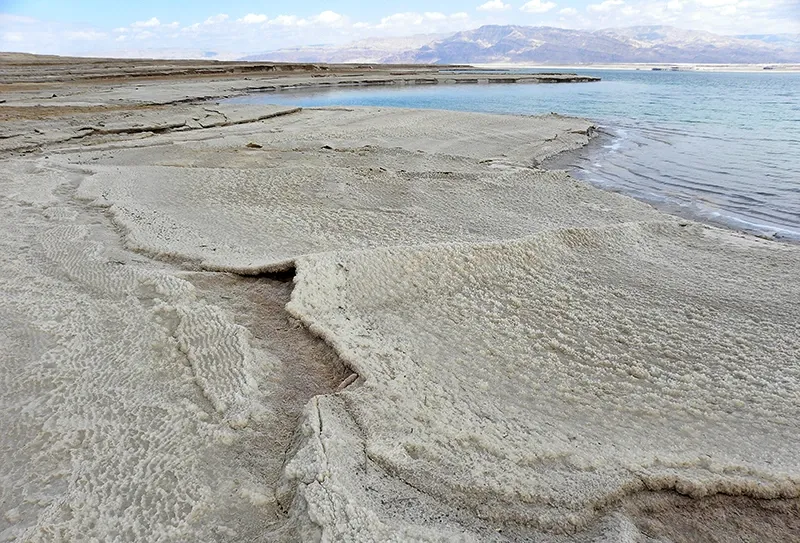
Southern Desert: The Vast Negev and Eilat
The southern portion of Israel is predominantly covered by the Negev Desert, a sprawling and dry zone that encompasses over half of the country’s southern terrain. Strategic roads detailed on comprehensive maps facilitate exploration and resource distribution throughout this remote environment, ensuring effective control and connectivity across the southern states.
Negev Desert and Ramon Crater
The Negev epitomizes Israeli innovation, where sophisticated agricultural techniques have converted the desert into prolific farmland. One of the region’s highlights is the Ramon Crater, the world’s most extensive erosion crater, attracting adventurers and geologists alike. Mapped clearly to guide enthusiastic visitors, the crater supports educational and recreational activities, contributing to the area’s reputation and product offerings in tourism reviews.
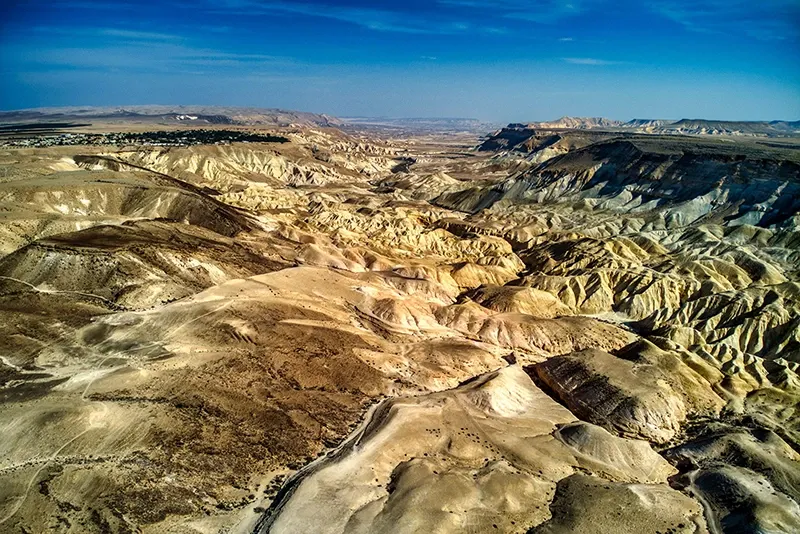
Eilat: The Red Sea Gem
Eilat, situated at the southern point of Israel on the Gulf of Aqaba, is a recreational city on the Red Sea famed for its coral reefs, clear waters, and lively marine life. It’s a sought-after destination for diving, snorkeling, and beach tourism, with easy access to adjoining regions of Egypt and Jordan through primary routes documented in Israeli navigational tools. The city’s strategic location near the southern border enhances its role in international shipping and trade.

Ecological Diversity Across Israel
Israel’s varying climates foster an astonishing diversity of plant and animal life across its central, northern, and southern areas. The north boasts green forests and verdant landscapes, while the southern deserts host unique species adapted to harsh conditions. Israel is also a crucial layover station for migratory birds, turning it into a popular spot for birdwatchers. Comprehensive maps noting ecological reserves highlight the importance of conservation efforts throughout the national terrain, including areas near the Golan Heights and the Dead Sea.
The preservation of natural beauty is prioritized, with numerous national parks and nature reserves dedicated to maintaining the country’s environmental magnificence, from the Hula Valley wetlands to the coral reefs of Eilat.
Administrative Details of Israel
Israel’s political and administrative schema is an intriguing blend of democracy, diversity, and complexity within the Middle Eastern context. Governed as a parliamentary democracy, Israel exercises a sophisticated political framework balancing a mix of ethnic and religious backgrounds, including Jewish and Arab communities. This part elaborates on how Israel’s government is structured and the chief regions delineating its administrative framework, all of which are efficiently organized on detailed political maps aiding both governance and citizenry.
Political System and Government Structure
Israël is a parliamentary democracy, with a President serving as the ceremonial head of state and a Prime Minister who acts as the head of government. The legislative branch, the Knesset, is a 120-member unicameral parliament responsible for passing laws, approving the budget, and overseeing the government’s work. Knesset members are elected every four years through a system of proportional representation, a setup that encourages a wide range of political parties and views within the Israeli political landscape, including those representing Palestinian and Arab populations.
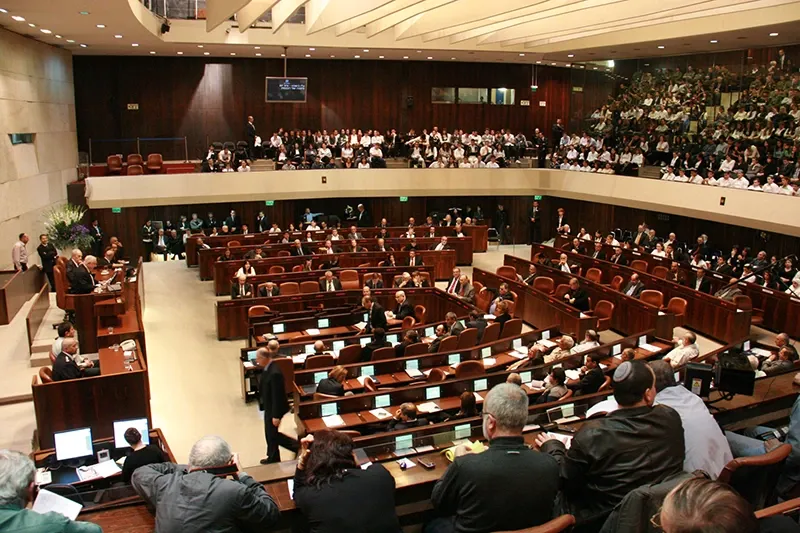
The President, elected by the Knesset, holds a largely symbolic position, with real executive power vested in the Prime Minister. The Prime Minister, typically the leader of the majority party or coalition, often forms governments that include multiple states and regions, such as the northern districts near Lebanon and the southern areas bordering the Gaza Strip. This parliamentary democracy reflects Israël’s diverse society, where coalition governments are common, often leading to complex negotiations and alliances across different ethnic and religious groups.
Regions and Administrative Divisions
Israël is divided into six main administrative districts, each with its own unique characteristics, cultural identity, and economic focus. These districts include areas near the Green Line, coastal regions, and border states, ensuring comprehensive governance across the nation’s diverse landscapes.
- Northern District: A lush, green region known for its agriculture, historic cities, and religious sites. It includes the fertile Jezreel Valley, the Sea of Galilee, and towns like Nazareth, a key pilgrimage destination near the northern border with Lebanon.
- Haifa District: Centered around the port city of Haifa, this district is an industrial and technological hub. It’s a region where modern industries meet ancient history, exemplified by sites like Mount Carmel and the UNESCO-listed Bahá’í Gardens.
- Central District: This area is a mix of suburban communities, agricultural lands, and small cities. It’s known for its citrus groves and high-quality produce, contributing significantly to Israël’s agricultural exports and central economy.
- Tel Aviv District: The economic heart of Israël, Tel Aviv is a global tech center, renowned for its innovation and vibrant culture. It’s the center for finance, media, and technology, often considered Israël’s most liberal and modern city along the western coast.
- Jerusalem District: A region of immense religious and political significance, the Jerusalem District includes the nation’s capital, Jerusalem. This area is central to Israeli politics and home to some of the most sacred sites for Judaism, Christianity, and Islam, situated near key borders.
- Southern District: Dominated by the Negev Desert, the Southern District covers more than half of Israël’s land area. It’s a region known for its unique landscapes, Bedouin communities, and efforts in desert agriculture and sustainable development near the southern border.

Municipal Governance and Local Authorities
Local governance in Israël operates through municipalities and regional councils, responsible for handling education, public transportation, infrastructure, and social services across various states and regions. Major cities like Jerusalem, Tel Aviv, and Haifa have their own municipal councils, which manage urban planning and community services. Regional councils govern rural and agricultural areas, overseeing clusters of smaller towns and settlements near borders such as the Gaza Strip and the Jordan River. These councils play a crucial role in developing agricultural innovations and managing resources, especially in more challenging areas like the Negev Desert and the Golan Heights.
Judicial System
Israël’s judicial system is independent, with a hierarchy of courts that includes magistrate courts, district courts, and the Supreme Court, which serves as the highest court of appeal. The judiciary plays a vital role in safeguarding civil liberties, ensuring the rule of law, and interpreting legal and constitutional matters. The Supreme Court of Israël, located in Jerusalem, is not only a judicial authority but also a symbol of Israël’s commitment to democracy and justice. It frequently addresses complex and sensitive cases, particularly those involving human rights, state security, border conflicts, and religious freedoms.
Ethnic and Religious Diversity in Governance
Israël’s political landscape is characterized by a vibrant mix of ethnic and religious communities, which is reflected in its governance. Jewish, Arab, Druze, and other minority representatives hold seats in the Knesset, making Israël one of the few countries in the Middle East with a democratically elected parliament that includes diverse ethnic and religious voices. The country’s legal framework strives to balance the Jewish identity of the state with democratic values, a challenge that often generates intense debate. While Hebrew is the primary language of administration, Arabic is also recognized, particularly in regions with significant Arab populations. This coexistence of different communities within a single political system is both a strength and a challenge, adding layers of complexity to Israël’s governance.
Challenges and Innovations in Israeli Governance
Israël faces several unique challenges in its governance, from balancing a multi-ethnic society to navigating geopolitical tensions along its borders with Lebanon, Syria, and the Gaza Strip. Yet, the country is also a laboratory for political and social innovation. Initiatives in technology, education, and security often emerge from collaborations between the government, the private sector, and academic institutions. This synergy has allowed Israël to maintain a robust democracy in a region known for political instability and conflicts. The government has also been a pioneer in integrating digital solutions, streamlining public services, and fostering an environment conducive to startups and entrepreneurship. Israël’s focus on innovation extends to municipal management, where cities like Tel Aviv are leading the way in smart urban planning and sustainability initiatives.
Demographics of Israel
Israël’s population is a vibrant mix of cultures, ethnicities, and religions, reflecting the country’s complex social fabric. With a total population of approximately 9.5 million, Israël is home to a diverse range of communities, including Jewish, Arab, Druze, and other minority groups, each contributing to its unique identity. The social landscape is defined by the interplay of these groups, highlighting the coexistence of traditions and languages that make Israël culturally rich and dynamic.
Ethnic and Religious Composition
The majority of Israël’s population is Jewish, with a diversity of backgrounds including Ashkenazi, Sephardic, and Mizrahi communities, each with their own cultural heritage. Alongside the Jewish majority, the Arab population forms about 21% of the total, consisting of Muslims, Christians, and Druze, each bringing distinct traditions and lifestyles to Israeli society. Palestinian communities within Israel also contribute to the nation’s multicultural landscape, adding to the rich tapestry of its demographic composition.
Hebrew is the official language, while Arabic holds special status, particularly in regions with significant Arab populations. English is also widely spoken, especially in urban areas and among younger generations, adding to Israël’s multicultural character.
Cultural and Religious Life
Religion plays a central role in the daily life of many Israelis, with a diverse range of religious practices visible throughout the country. Judaism, as the dominant religion, encompasses various denominations, from Orthodox to Reform, each observing different customs and traditions. The Jewish calendar is marked by significant holidays like Passover, Yom Kippur, and Hanukkah, which shape the rhythm of public and private life. Additionally, Islamic and Christian holidays are celebrated within their respective communities, reflecting the religious diversity of the state.
Islam is the second-largest religion, with numerous mosques across the country and important Islamic sites, particularly in Jerusalem and the Gaza Strip. Christianity, though a smaller community, has deep roots in the region, with churches and religious landmarks in cities like Nazareth and Jerusalem. The Druze, a distinct religious and ethnic group, reside mainly in the Carmel region and the Galilee, maintaining unique cultural traditions that contribute to Israel’s diverse societal fabric.
Social Dynamics and Traditions
Israël’s society is characterized by a blend of Middle Eastern and Western influences, visible in everything from its cuisine to its festivals. Jewish, Muslim, Christian, and Druze holidays are celebrated with equal importance, reflecting the country’s multicultural identity. Markets like Mahane Yehuda in Jerusalem and Shuk HaCarmel in Tel Aviv are vibrant centers of Israeli culture, showcasing the diversity of foods, crafts, and traditions that define the nation and attract both locals and tourists alike. Education is a cornerstone of Israeli society, with a well-established system that reflects the country’s ethnic and religious diversity. Schools are divided into secular, religious, and Arab streams, each with a curriculum that includes both general education and cultural studies. This system allows for the preservation of unique cultural identities while fostering a shared sense of national belonging, preparing students to contribute to Israel’s multifaceted economy and society.
Economic and Technological Landscape
Israël’s economy is a fascinating blend of traditional industries and cutting-edge technology, making it one of the most dynamic and innovative economies in the world. From agriculture and natural resources in the green northern regions to advanced technology and high finance in urban centers like Tel Aviv, Israël has successfully diversified its economic base, turning challenges such as limited natural land and water resources into opportunities. This section covers the key sectors, technological advancements, and economic trends that have shaped Israël into the « Startup Nation », with significant impacts on global markets and regional stability.
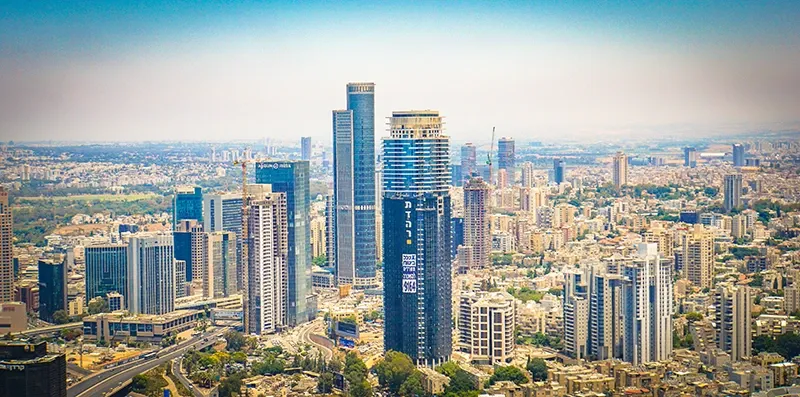
From Agriculture to Innovation: A Transformative Economy
Israël’s economic story is one of transformation. Initially built on agriculture, the economy has shifted dramatically over the last few decades, becoming a powerhouse in technology and innovation. The early days of the Israeli state were marked by collective agricultural settlements known as kibbutzim, which played a crucial role in feeding the nation despite conflicts and regional tensions. Today, agriculture still thrives, but it’s powered by advanced techniques like drip irrigation and biotechnology, innovations that Israël has exported globally, enhancing food security in arid regions worldwide.
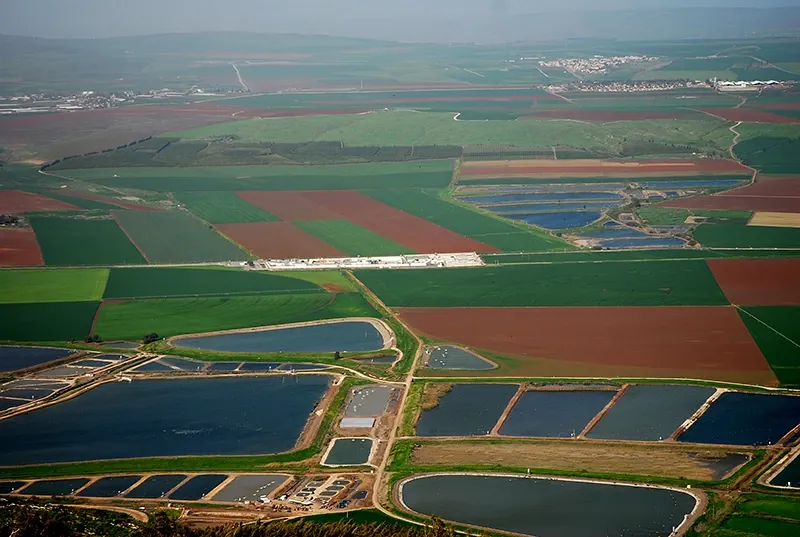
The real economic leap came with the focus on technology. Israël’s shift to a knowledge-based economy began in the late 20th century, fueled by heavy investments in education, R&D, and infrastructure. This transition has not only boosted Israël’s GDP but also positioned it as a global leader in fields like cybersecurity, medical technology, and clean energy. The country’s strategic positioning near key borders and trade routes has further amplified its role in international markets and technological collaborations.
The Rise of the « Startup Nation »
Israël has earned the nickname « Startup Nation » for good reason. With the highest number of startups per capita globally, the country is a fertile ground for innovation. The city of Tel Aviv is at the heart of this technological boom, home to thousands of startups, multinational R&D centers, and tech incubators. Key factors contributing to this success include a culture that encourages risk-taking, a highly educated workforce, and robust support from both the government and private sector. Reviews of Israeli startups often highlight their groundbreaking products and services that address both local and global challenges.
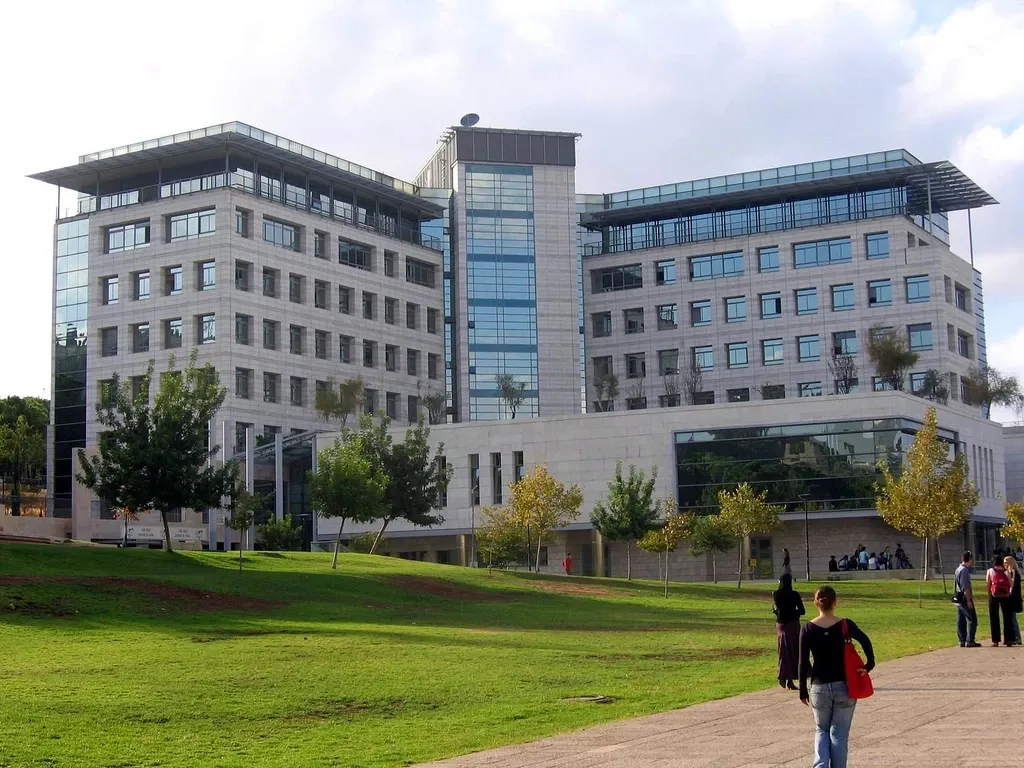
Key Industries in the Tech Sector
- Cybersecurity: Israël is a global leader in cybersecurity, with companies like Check Point, CyberArk, and Palo Alto Networks originating from its thriving tech ecosystem. The country’s expertise in this area has made it a trusted partner for cybersecurity solutions worldwide, particularly in regions facing ongoing conflicts and cyber threats.
- Biotechnology and Medical Innovation: Israël’s contributions to medical technology are significant, ranging from advanced imaging systems to life-saving devices like the PillCam, a capsule endoscopy innovation. The country’s research institutions and hospitals are hubs for medical advancements, influencing global healthcare standards and improving patient outcomes.
- Clean Energy and Water Technology: Faced with a scarcity of natural resources, including water in the southern Negev Desert, Israël has become a pioneer in water management and renewable energy. It’s a leader in desalination, water recycling, and solar energy, exporting sustainable solutions to countries with similar environmental challenges in the Middle East and beyond.
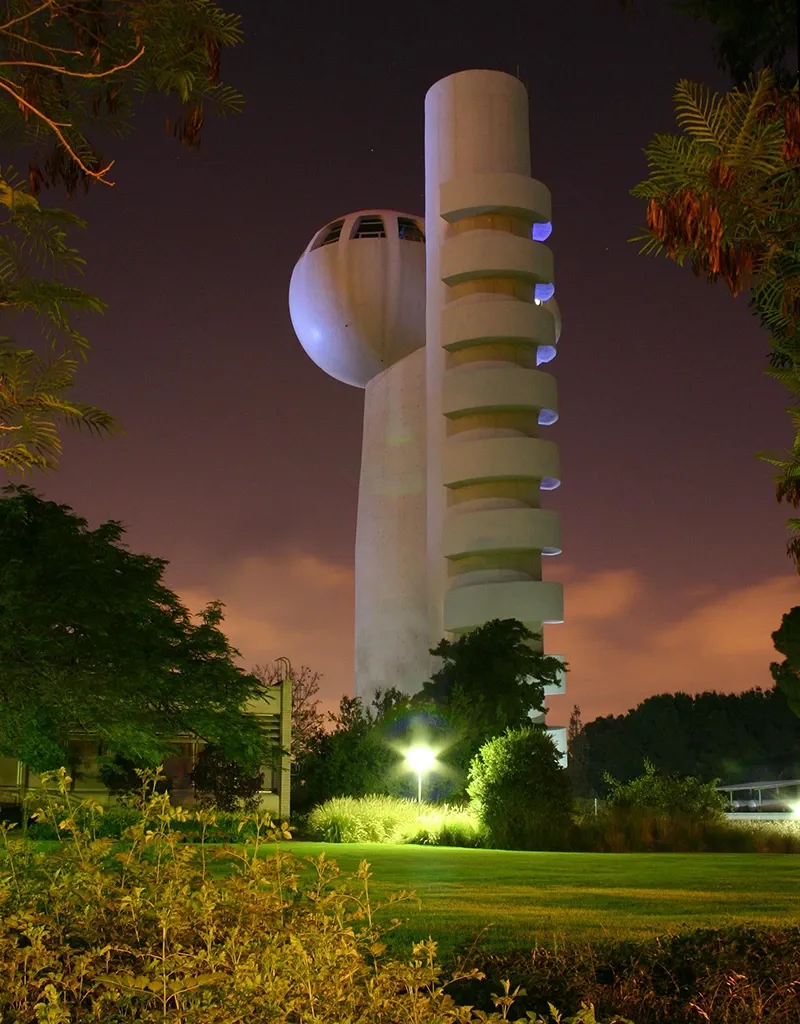
Israel’s Financial Sector and Global Integration
Israel’s financial sector is modern and well-regulated, contributing to the country’s stability and growth. The Tel Aviv Stock Exchange (TASE) is the central hub of financial activity, listing both local and international companies, including major banks and tech firms. Israël has a highly developed banking system, and the shekel (ILS) remains a strong and stable currency in the region. Financial reports often highlight Israel’s robust economic performance and its resilience in the face of regional conflicts and market fluctuations.
In recent years, Israël has increased its integration into global financial markets, attracting foreign investment and forging economic ties with countries worldwide, including the United States, European Union, and emerging markets in Asia and Africa. Major international companies like Microsoft, Google, Intel, and IBM have significant operations in Israël, further boosting its economic landscape and reinforcing its status as a key player in the global economy.
Tourism: A Vital Economic Driver
Tourism plays a significant role in Israël’s economy, attracting millions of visitors each year to its historical, religious, and natural sites. From the ancient ruins of Masada near the southern Negev Desert to the vibrant nightlife of Tel Aviv on the Mediterranean coast, the country offers a unique mix of experiences. Religious tourism is particularly strong, with Jerusalem and Nazareth drawing Christian and Muslim pilgrims, while Jewish visitors are drawn to sacred sites across the country, including the Western Wall and the Temple Mount.
Eco-tourism is also on the rise, with destinations like the Negev Desert and the Golan Heights appealing to adventure seekers and nature enthusiasts. The Dead Sea, with its mineral-rich waters and surrounding landscapes, is a world-renowned health and wellness destination, adding to Israël’s diverse tourism offerings. Reviews often praise the unique combination of natural beauty and cultural heritage that Israel provides to its visitors.
Challenges and Opportunities in Israel’s Economy
While Israël’s economy is a success story, it faces challenges that require innovative solutions. The country’s reliance on technology and high-tech industries means it is vulnerable to global market fluctuations and cybersecurity threats. Additionally, economic inequality between different regions and communities remains a concern, with the wealth gap often reflecting the divide between urban centers like Tel Aviv and peripheral areas near borders such as the Gaza Strip and Lebanon.
Balancing Economic Growth with Social Equity
One of the key challenges for Israël’s economy is ensuring that the benefits of growth reach all citizens. The Israeli government has launched initiatives aimed at bridging these gaps, focusing on education, job training, and entrepreneurship programs in underserved communities, including those in the southern Negev and northern border areas. This focus on social equity is crucial for maintaining long-term stability in a rapidly evolving economy and for fostering inclusive economic development.
Innovation in Agriculture and Sustainability
Despite its high-tech reputation, agriculture remains a vital sector in Israël, showcasing the country’s knack for innovation. The development of drip irrigation, a method invented in Israël, revolutionized global agriculture and allowed the nation to cultivate crops in the arid Negev Desert. Today, Israël’s farms produce everything from citrus fruits and vegetables to dairy products and wine, using advanced technology to maximize efficiency and sustainability, thereby enhancing agricultural productivity
Environmental sustainability is a growing focus, with efforts to combat desertification, preserve biodiversity, and develop renewable energy sources across the state. Solar power plays a significant role in Israël’s energy strategy, with the country aiming to reduce its reliance on fossil fuels through extensive solar farms in the southern regions. These green initiatives not only address local environmental challenges but also position Israël as a global leader in sustainable technology and eco-friendly practices.
Israel’s Global Economic Impact
Israel’s economic influence extends far beyond its borders, thanks to its technological expertise and strategic partnerships with neighboring states and international allies. The country is a key player in global cybersecurity, agriculture, and medical technology sectors. It’s also a major arms exporter, with a defense industry known for its advanced military technology and strategic importance. These sectors contribute significantly to Israël’s economy, enhancing its geopolitical influence and strengthening international alliances.
Trade agreements and partnerships with the United States, the European Union, and emerging markets have opened doors for Israeli exports, including technology products, agricultural goods, and military equipment, making it a crucial partner in the global economy. Israël’s ability to innovate in the face of challenges has solidified its reputation as a resilient and forward-looking nation, capable of maintaining economic growth despite regional conflicts and global uncertainties.
Economic Resilience and Future Outlook
Israël’s economy has shown remarkable resilience in the face of geopolitical tensions, economic downturns, and global challenges such as the COVID-19 pandemic. Its focus on technology, education, and innovation has allowed it to adapt quickly and thrive in a rapidly changing world. Looking forward, Israël aims to further diversify its economy, invest in sustainable solutions like clean energy and water technology, and address social inequalities, ensuring a more balanced and inclusive future.
Emerging sectors like artificial intelligence, fintech, and digital health are set to play a significant role in Israël’s economic development. With a robust entrepreneurial ecosystem and a culture that embraces risk-taking, the country is well-positioned to remain a global leader in innovation for years to come. Investments in these areas are expected to drive economic growth and create new opportunities across various states and regions.
FAQ About Israel
What is the official language of Israël?
The official language of Israël is Hebrew. Arabic is also recognized, particularly in regions with significant Arab populations near the Gaza Strip and northern borders, and English is widely spoken, especially in business and tourism sectors.
What are the main religions practiced in Israël?
The primary religion in Israël is Judaism, followed by Islam, Christianity, and the Druze faith. The country is home to some of the holiest sites for Judaism, Christianity, and Islam, making it a center of religious pilgrimage for millions, including those visiting areas like the Gaza Strip and the Golan Heights.
What is Israël famous for?
Israël is renowned for its historical and religious sites, high-tech innovation, and diverse culture. It’s often called the « Startup Nation » due to its significant number of tech startups and groundbreaking innovations, particularly in cybersecurity, medical technology, and sustainable agriculture. Additionally, its strategic location near key borders like Lebanon and Egypt adds to its geopolitical significance.
What is the best time to visit Israël?
The best time to visit Israël is during the spring (March to May) or autumn (September to November). These seasons offer mild temperatures, comfortable weather, and fewer crowds, making it ideal for exploring both urban and natural attractions, including regions like the Negev Desert and the Dead Sea.
What are Israël’s largest cities?
The largest cities in Israël are Jerusalem, Tel Aviv, and Haifa. Jerusalem is the capital and a city of profound historical and religious importance near the central highlands. Tel Aviv is a modern, vibrant hub known for its tech scene and nightlife, while Haifa is a key port city with a rich cultural mix, strategically located near the northern borders.
Why is the Dead Sea significant?
The Dead Sea is significant for being the lowest point on Earth, at 430 meters below sea level, and for its hypersaline waters, which allow visitors to float effortlessly. The mineral-rich mud of the Dead Sea is also famed for its therapeutic properties, attracting tourists from around the globe seeking wellness and relaxation.
How safe is it to travel to Israël?
Travel to Israël is generally safe, especially in major cities like Tel Aviv, Haifa, and the tourist areas of Jerusalem. However, travelers are advised to stay informed about current events and follow any local safety guidelines, particularly when visiting regions near the borders with Lebanon and the Gaza Strip.
What is unique about Israël’s cuisine?
Israël’s cuisine is a fusion of Middle Eastern, Mediterranean, and Jewish culinary traditions. Popular dishes include hummus, falafel, shakshuka, and sabich, reflecting the country’s diverse cultural heritage. Markets like Mahane Yehuda in Jerusalem and Carmel Market in Tel Aviv are famous for their vibrant food scenes, offering a wide range of products that highlight Israeli agricultural innovations.
What is Israël’s economic focus?
Israël’s economy is focused on high-tech industries, particularly in cybersecurity, medical technology, and agricultural innovation. The country is also a leader in water conservation and renewable energy, leveraging its limited natural resources to create sustainable solutions that address both local and global environmental challenges.
What are Israël’s time zones?
Israël operates under Israel Standard Time (IST), which is UTC+2, and during Daylight Saving Time, it follows Israel Daylight Time (IDT), which is UTC+3. Daylight Saving Time usually starts at the end of March and ends at the end of October, ensuring optimal use of daylight hours throughout the year.
How does Israël manage water resources?
Israël is a global leader in water management, utilizing advanced techniques like drip irrigation, desalination, and water recycling to address its limited water resources. The country’s innovative approaches to agriculture and water conservation, especially in areas like the Negev Desert, have turned arid regions into productive farmland, making it a model for sustainable resource management worldwide.
About Woosmap
Woosmap provides powerful location solutions that help businesses connect with users on a local level, all with a privacy-first approach. The Woosmap Map API offers high-performance, customizable maps that make geolocation easy and accurate.
Here, Woosmap brings an interactive map to geographic insights about countries, delivering a seamless way to explore places like Israel.
State of Israel
Administration
Form of Government: Parliamentary democracy
Official Languages:
- Hebrew (primary)
- Arabic (recognized minority language)
Capital: Jerusalem
Geographical Coordinates: 31.7683° N, 35.2137° E
Currency: Israeli New Shekel (ILS)
Currency Symbol: ₪
National Holidays:
- Independence Day (Yom Ha’atzmaut): Celebrated in late April or early May.
- Rosh Hashanah: Jewish New Year, celebrated in September or October.
- Yom Kippur: Day of Atonement, the holiest day in Judaism.
Geography
Three Largest Cities:
- Jerusalem: Population ~930,000, religious and political center.
- Tel Aviv: Population ~460,000, known for technology and culture.
- Haifa: Population ~280,000, a major port city.
Total Area: 22,145 km²
Global Size Ranking: ~150th largest country in the world by land area
Water Area: Includes parts of the Dead Sea and the Sea of Galilee.
Time Zones
Standard: Israel Standard Time (UTC+2)
Daylight Saving: Israel Daylight Time (UTC+3)
Demography
Total Population: Approximately 9.5 million
Population Density: About 430 people per km², one of the densest countries in the Middle East.